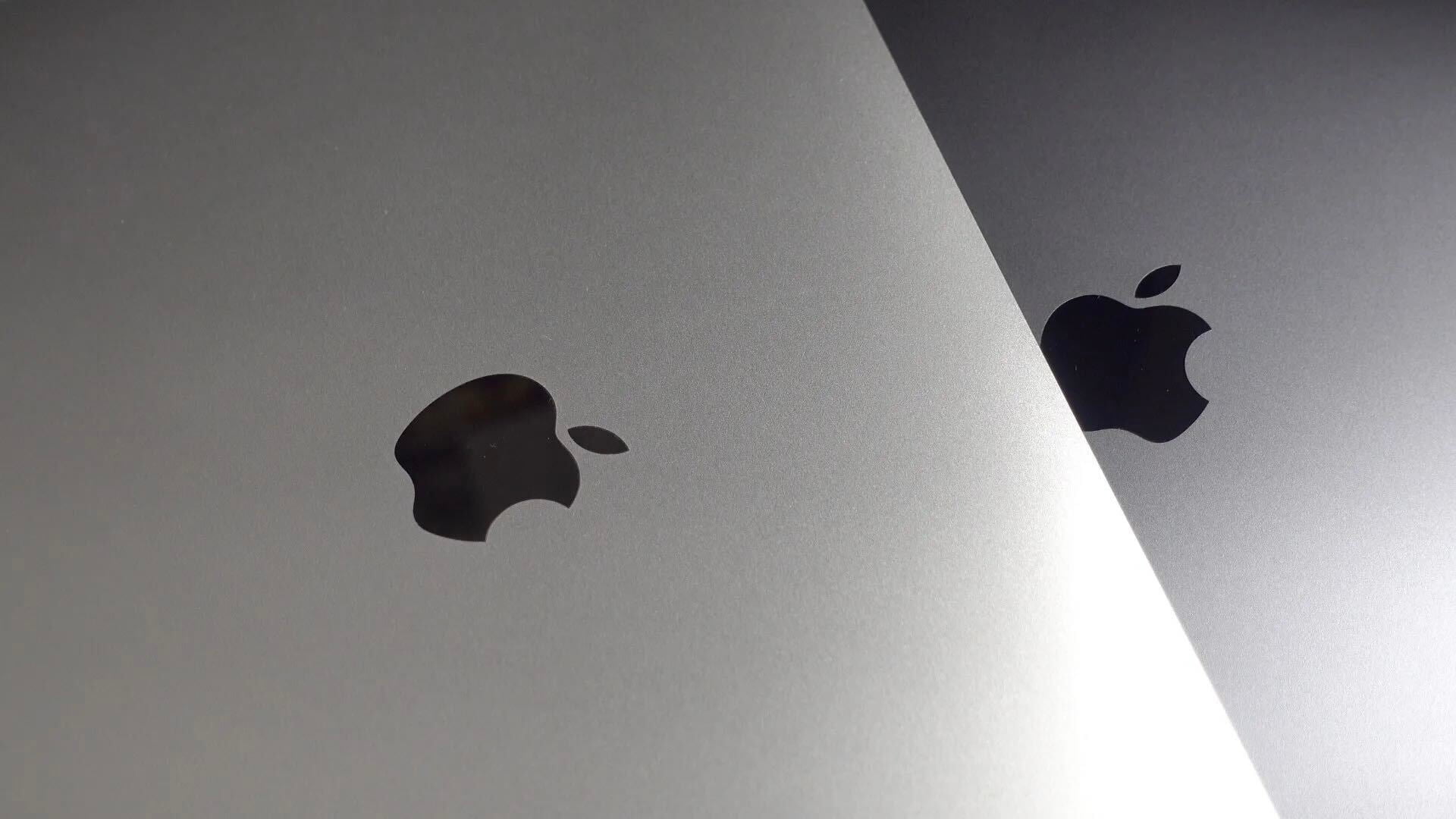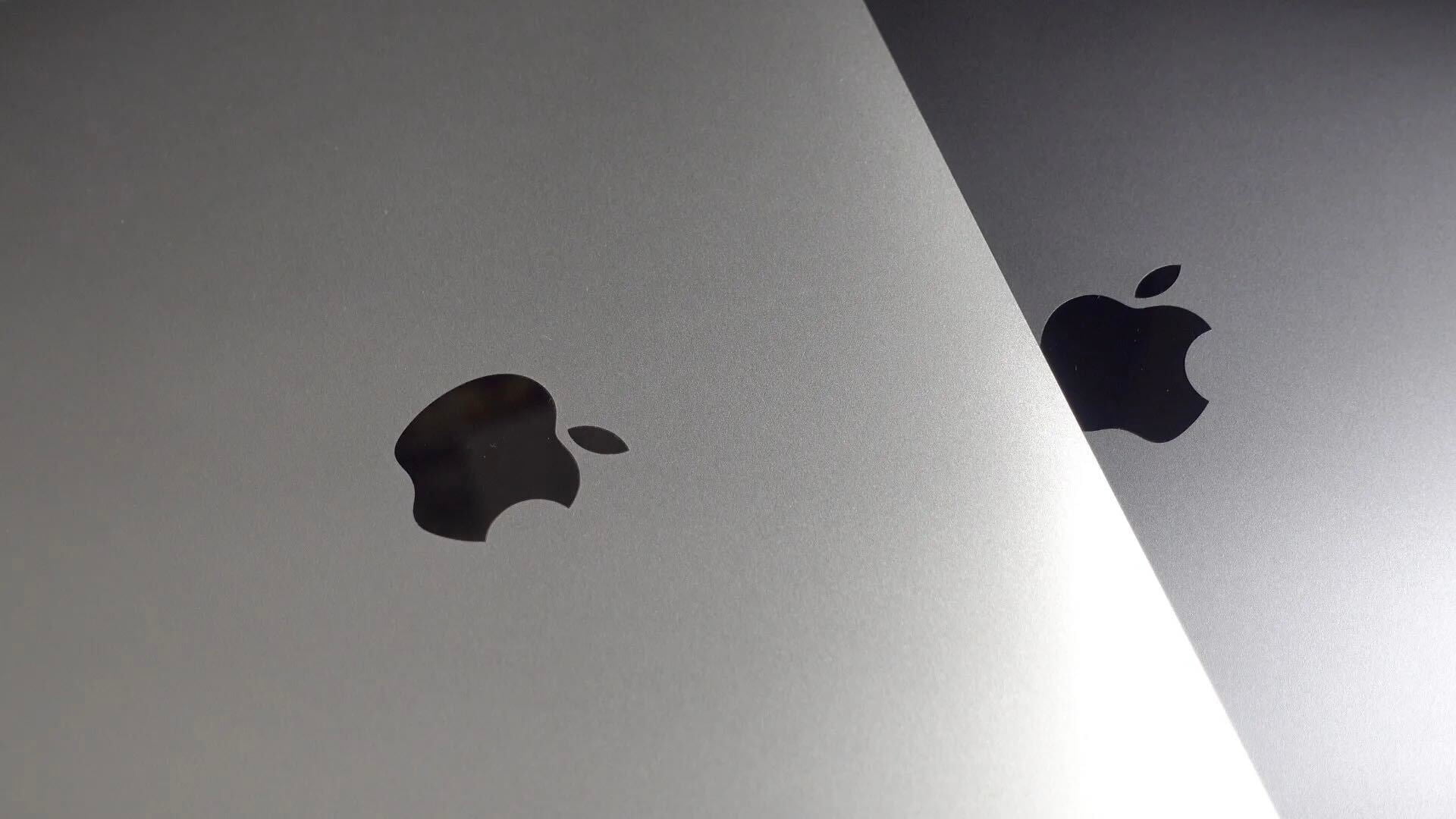
Update 2/17: 73% iOS 8 adoption measured on February 16th, up 1% since February 2nd. Change shows 1% moving from iOS 7 to iOS 8 with ‘Earlier’ remaining at 3%.
Update 3/3: A month later, iOS 8 is now running on 3 out of 4 iOS devices according to Apple’s data. 75% of devices are now running iOS 8, with 22% still running iOS 7.
Apple released a new count today for the percentage of iOS devices accessing the App Store and running iOS 8. According to App Store Distribution data, 72% of iOS devices are now running iOS 8 with a quarter of devices running iOS 7 and a tiny 3% of users running iOS 6 or earlier versions using data “measured by the App Store on February 2, 2015.” That puts iOS 8 adoption up 3% since Apple last reported data two weeks ago with only 69% of devices running iOS 8 at the time.
Since the lower percentage reported two weeks ago and a similar 68% reported four weeks ago, Apple has released iOS 8.1.3 which featured stability improvements—something which may have kept users from upgrading before—and mentioned requiring less storage space necessary to update. Storage space required to update over-the-air has long been an issue for devices, especially with 8GB and 16GB of storage, which has been thought to explain the slower pace of iOS upgrading this year since the year prior.
Mixpanel, which puts iOS 8 adoption at roughly 74% based on its data and tends to be in line with Apple’s own data, reports iOS 7 adoption reached roughly 85% adoption during the same period a year ago. This means even with today’s rise in adoption, iOS 8 is still on fewer devices now relative to iOS 7 a year ago.

While 1 in 4 iOS devices accessing the App Store still run iOS 7 and can potentially upgrade to iOS 8 (this includes iPhone 4s and iPad 2 users which may resist for performance reasons), Apple did sell over 74 million iPhones and over 21 million iPads during the holiday quarter which all presumably ship with or support the latest operating system adding nearly 100 million iOS 8 devices to the mix.
@9to5mac Nice to see that Mixpanel's statistics also harmonize with Apple's data too: https://t.co/8WovvZ4Lk5 pic.twitter.com/lO7cuLVXya
— Evan K. Stone (@evankstone) March 3, 2015
FTC: We use income earning auto affiliate links. More.

Any way to calculate % increase to iOS8, happening solely through new iOS devices being bought?
It’s roughly somewhere between “Holy crap!” and “I need to sit down”.
Just rough numbers indicate that there are literally hundreds of millions more devices now than a year ago…and yet no one sees fit to mention that when talking about how “behind” iOS 8 adoption is compared YoY to iOS 7.
It’s not “behind” at all. In fact, its probably far ahead in terms of sheer numbers. But the percentage is all they care about, because there is no article to write without it.
The comparison is to the same time period a year ago, not Y over Y, and the percentage is more important for showing people’s reluctance to upgrade than reporting sheer numbers of iOS 8 users compared to ios 7.
My data calculations show that the current active user population is something like this:
28% iPhone 6 series
55% iPhone 5 series
11% iPhone 4S
6% iPhone 4
1% <= iPhone 3GS
And so that implies that roughly 20% of those eligible for upgrade (those with a 4S, 5, 5C, 5S) have not.
I suspect a large number of those not upgrading are (1) 4S owners and (2) 5C owners with 8 GB of storage.
Probably due to more iPhone 4 devices in the wild stuck on iOS 7 than there was 3GS devices stuck on iOS6.
A lot of people I know don’t have enough free space to update and they have no clue how to plug into iTunes. The 16 GB iPhone should have been retired a long time ago.
Is this a percentage of ALL active iOS devices, or a percentage of iOS devices that are ABLE to install iOS 8? For instance, a first generation iPad won’t install iOS 8 but it’s still actively in use.
All devices, including the iPhone 4 that is stuck at iOS7. I assume that the other 3% represents earlier iPhones and the 1st generation iPad.
iOS 6 represent! Haha
I have 4 and iPad 2, both with 7 now. 4 because can’t go to 8, and 2 because I don’t want it to go to 8. And I am pretty sure that there are thousands of people out there with the same/similar issue. And after all – what’s the point of having 8 on iPad 2 when I’ll use no more than 15% of it at all? :) Only 5 and up makes sense. Looking forward for upgrade. :)
This is a bit surprising, my site and application data still suggests a 55/45 split in January and December (iOS 8 is ~55% and trending up 3% from December).
There is always some variance in the numbers based on audience but I’ve never seen a 13% gap, it is usually only +/- 3 to 5%.
Either way this seems like the slowest iOS adoption rate that I can remember.
At least it’s about 1000% better than android lollipop
It would please me greatly if Apple would let me go back to iOS 7 on my $600 iPad 3 because performance on iOS 8 is utter shit. They won’t let me go back because they like to brag about adoption numbers rather than customer satisfaction. I would be a shiny $100 bill that if Apple would let people downgrade to a version that doesn’t run like complete garbage that number would plummet. It has made me absolutely swear off buying another iPad because I simply refuse to buy another product from Apple like that they absolutely refuse to care about customer satisfaction numbers on and instead care about bragging about adoption numbers. There is literally no justification for not allowing downgrading. None.
At first iOS 8 seemed to slow down my iPad 3, but now it runs better than ever for me and I’m really liking being able to send sms text and make/take calls with it.
Rise in adoption is clearly based on Apple making iOS 8 a requirement for many current app upgrades. This does not mean that people have voluntarily upgraded. The current iOS 8.1.3 leads to the iPad 2 getting stuck occasionally or slowing to a crawl, not to speak of all the things which do (still) not work on older iOS devices. It is a bad move by Apple to not allow downgrading even when an iOS version renders an expensive device virtually unusable.